When you walk into an Apple Store to check out the shiny new iPhone 17 Pro, the last thing you expect is scratches on the display models. Yet that is exactly what shoppers saw when the phones first hit retail floors, and the internet promptly christened it “Scratchgate.” Apple has stepped in with an explanation and a fix, protective silicone rings on in‑store MagSafe chargers.
The company confirmed that worn MagSafe charging stands in retail stores were causing marks on iPhone 17 Pro and Pro Max display models. What looked like permanent damage was actually material transfer from aging display equipment. It was not just the latest phones either, other devices like the iPhone 16 were also affected.
What’s really behind these mysterious marks?
Bottom line, those scary “scratches” were not scratches. Apple’s investigation found that worn MagSafe stands used in some stores were the culprits, and the marks appeared around the MagSafe cutout on the device’s back, right where the phones meet the chargers.
Crucially, these marks were material transfer that could be removed with cleaning. It tracks when you remember that demo units get handled by hundreds or thousands of people a day, far more than any one person would manage at home.
Here is the simple mechanics. The MagSafe stands in Apple Stores are similar to the MagSafe chargers that they sell, with a metal ring around them. As customers pop phones off those stands again and again, it is easy to tap that ring, and the ring can get scuffed and chipped over time. The worn bits rub off, then transfer to the phone’s surface. The contrast stood out more on darker color options like Deep Blue and Cosmic Orange, where the residue is more visible.
Apple’s comprehensive solution approach
Apple did not shrug and move on, they acted. First, the company quietly added protective silicone rings to their in‑store MagSafe charging stands, and shoppers spotted the change in Apple Stores. Those rings create a buffer between worn metal and the phone.
Next came cleaning. Apple told store employees they need to more regularly clean demo units by mixing a salt substance with their normal solution, which directly targets material transfer. Bloomberg reports Apple asked stores to use a salt-containing cleaner for demo units; this is an internal retail procedure and is not recommended as a consumer home remedy (salt can damage anodized aluminum).
There is also a longer view. Industry watchers think this may be a temporary measure until new chargers are manufactured using wholly different materials. Short term, the rings and cleaning help. Long term, Apple is signaling a more permanent hardware tweak.
The bigger picture: engineering trade‑offs in focus
All of this sits against the iPhone 17 Pro’s materials shift. Apple moved from titanium to aerospace‑grade 7000 series aluminum for better heat dissipation. Aluminum conducts heat well, which helps with stronger chips and charging, though industry analysts note this material choice may compromise scratch resistance without a protective case compared to titanium.
The camera plateau drew attention too. Testers reported that the raised edges around the camera area are particularly susceptible to scratches. Apple’s response, the camera plateau edges have similar characteristics to anodized aluminum cases on other Apple products, including MacBooks, and the edges are designed to be durable and undergo testing prior to release. Wear will happen over time, as with any anodized finish.
Context matters here. The issue appears unique to the high‑abuse environment of retail displays, and we have not seen actual customers reporting similar issues with their personal MagSafe accessories.
What this means for everyday users
Good news for anyone unboxing at home. The “Scratchgate” drama looks tied to retail demo gear, not a fundamental flaw. The iPhone 17 features Apple’s proprietary Ceramic Shield glass on both front and back, and the new iPhones should be more durable than ever for everyday use. The entire iPhone 17 lineup benefits from Corning’s new Ceramic Shield 2, which substantially improves scratch resistance compared to previous generations.
If you want extra peace of mind, Apple has launched new TechWoven cases this year, designed to be more durable than the previous FineWoven cases. Between the retail fix and ongoing durability tweaks, Apple is clearly listening and iterating.
The controversy first gained prominence through a Bloomberg report on iPhone 17 launch day, after journalists in New York, Hong Kong, Shanghai, and London spotted marks on display units just hours after opening. The company’s quick response helps put it in perspective for real owners.
PRO TIP: If you are worried about durability, grab a quality case on day one. Apple’s explanation is sound, and the problem looks limited to retail displays, but protecting a pricey new phone is always a smart call.
This episode shows how tough it is to balance looks, thickness, and toughness in a modern phone, and how fast Apple can pivot when store‑level issues pop up. They rolled out immediate fixes, silicone rings and better cleaning, while exploring longer‑term hardware changes. That is a healthy feedback loop, and it is exactly what you want to see when devices meet the messy real world.




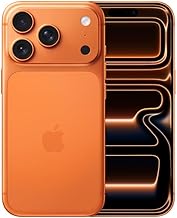


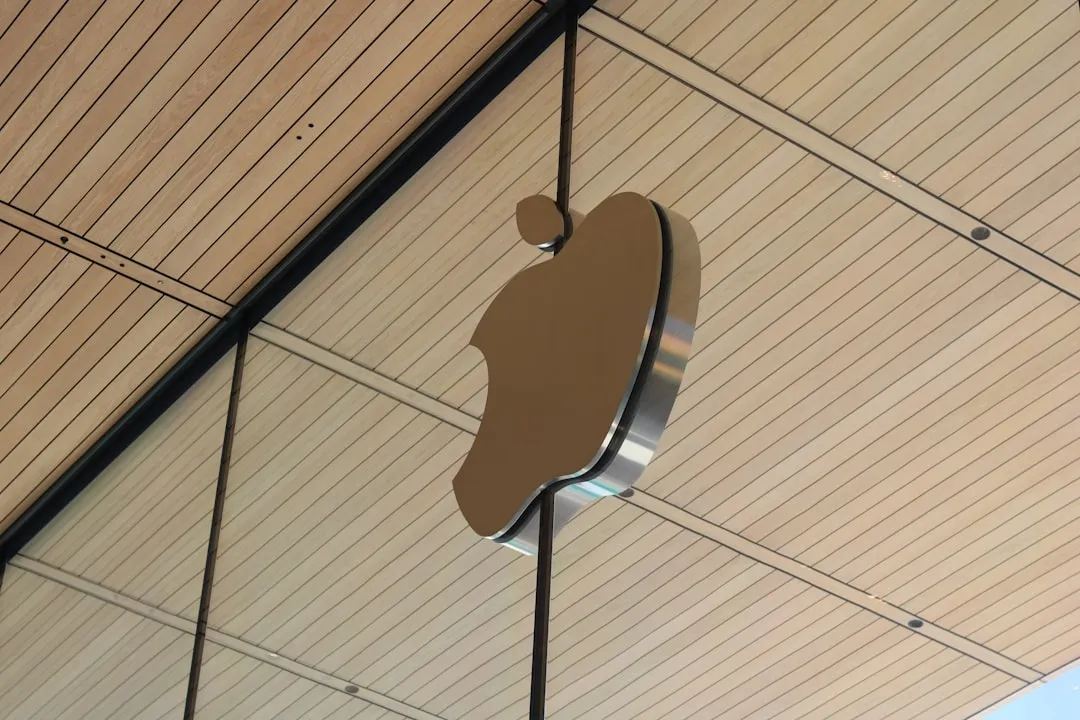


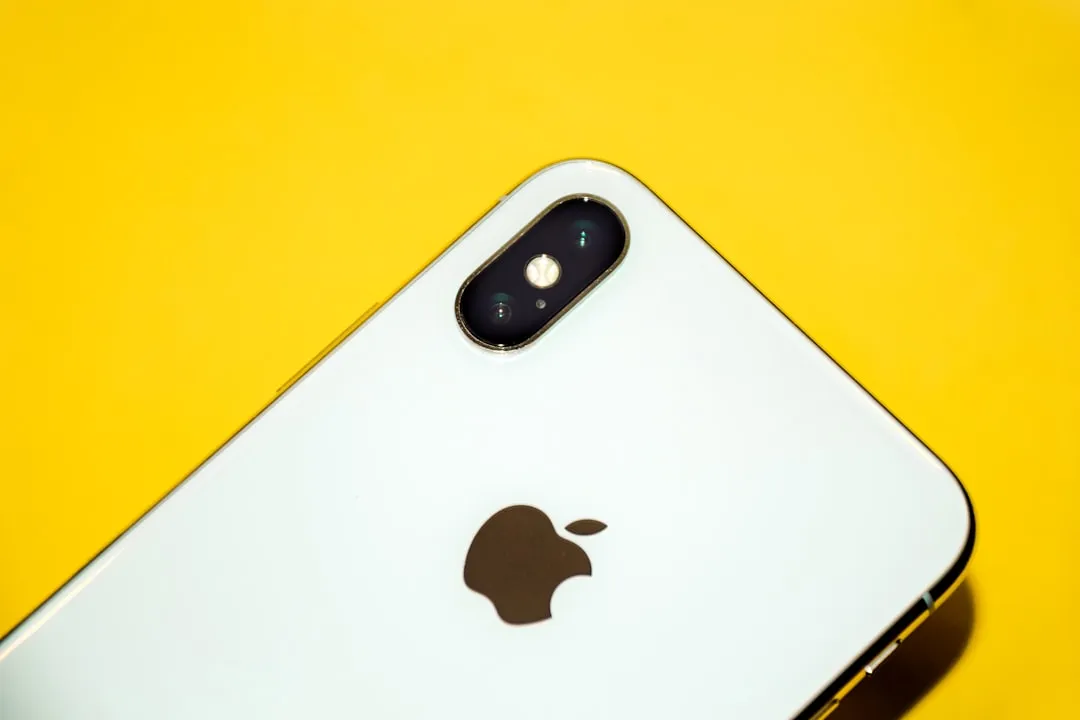
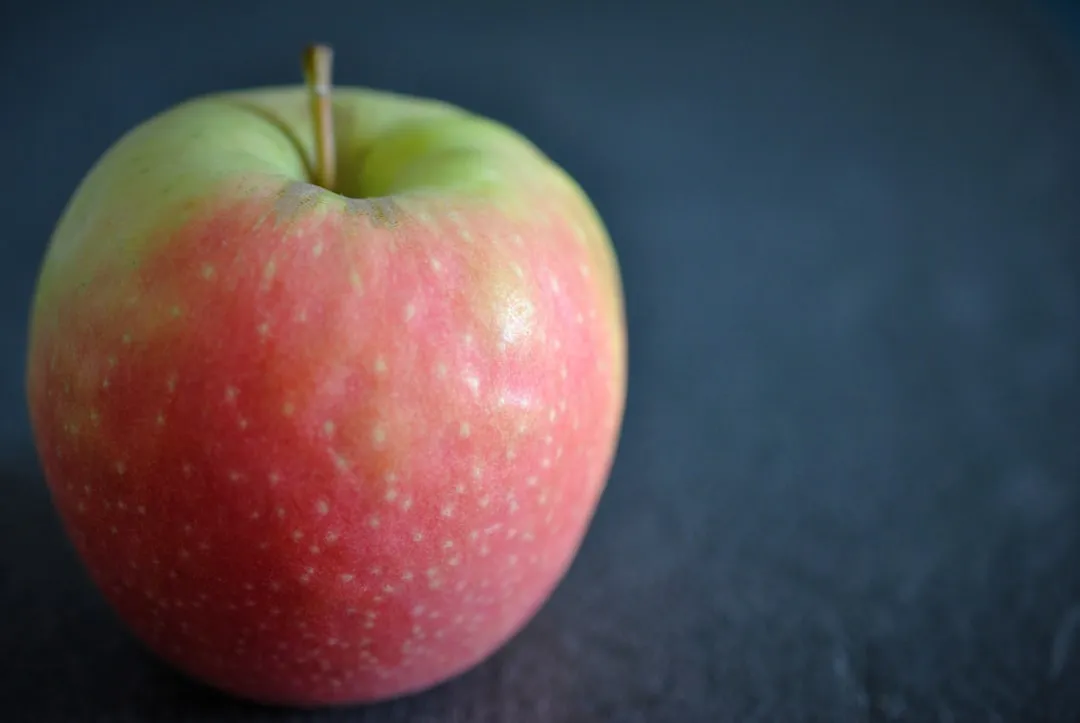
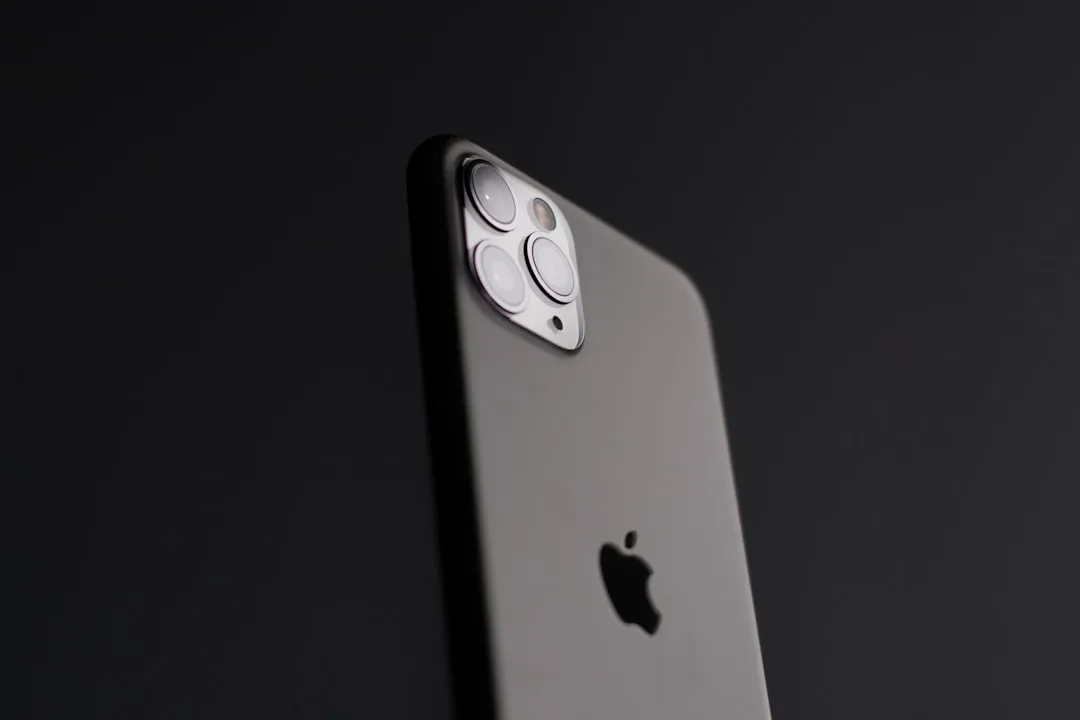


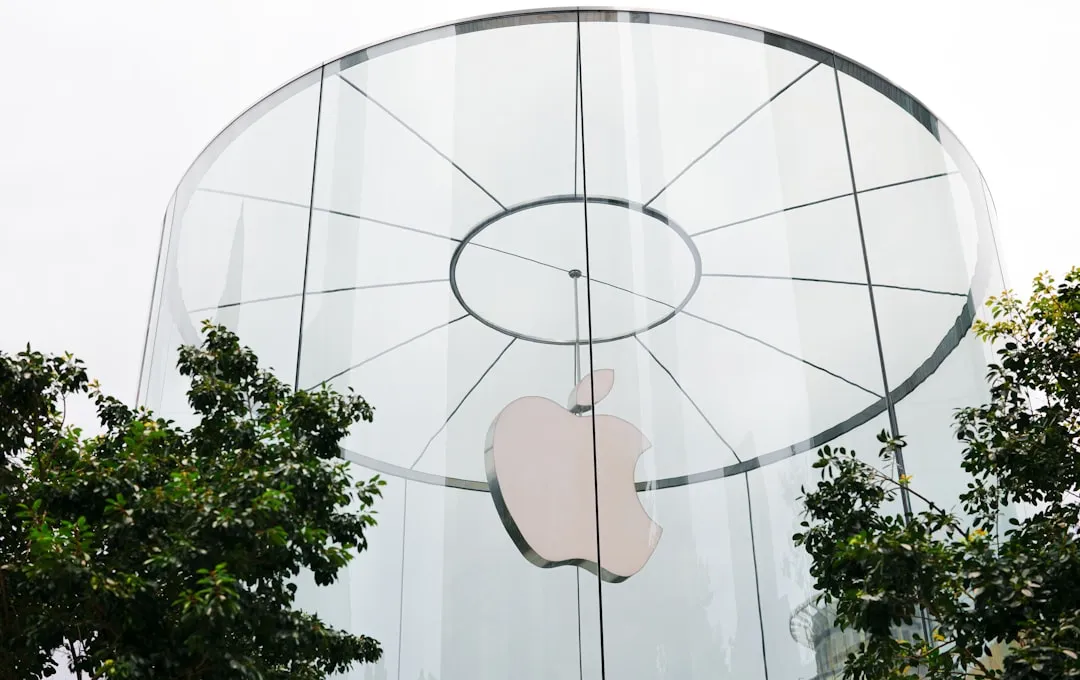
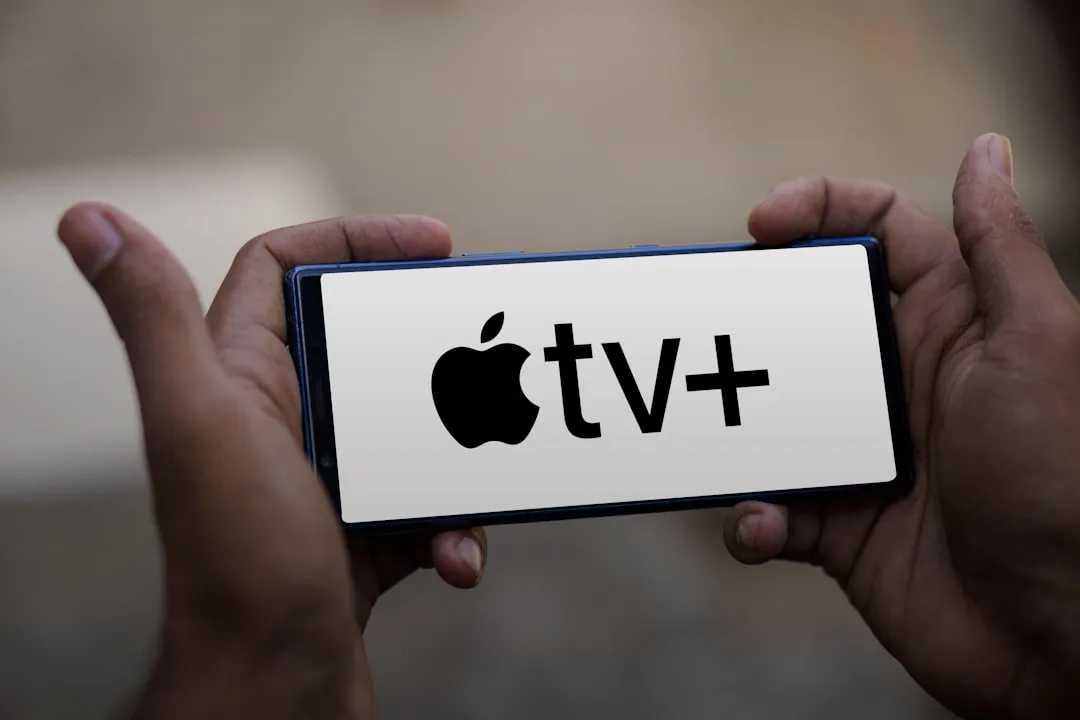
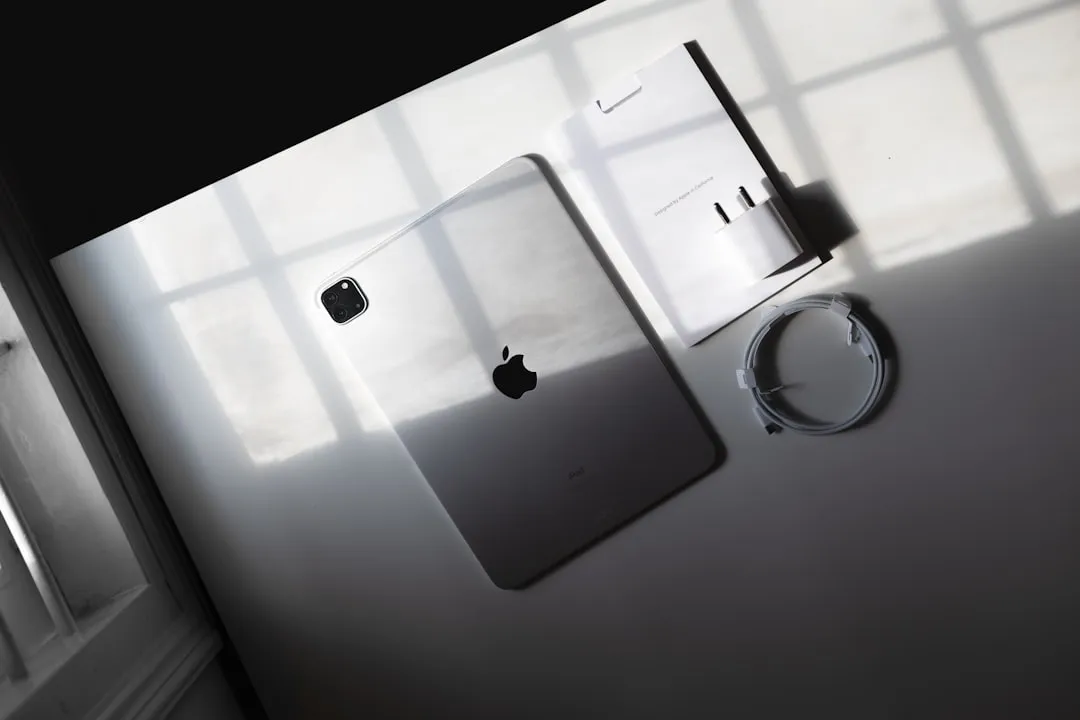
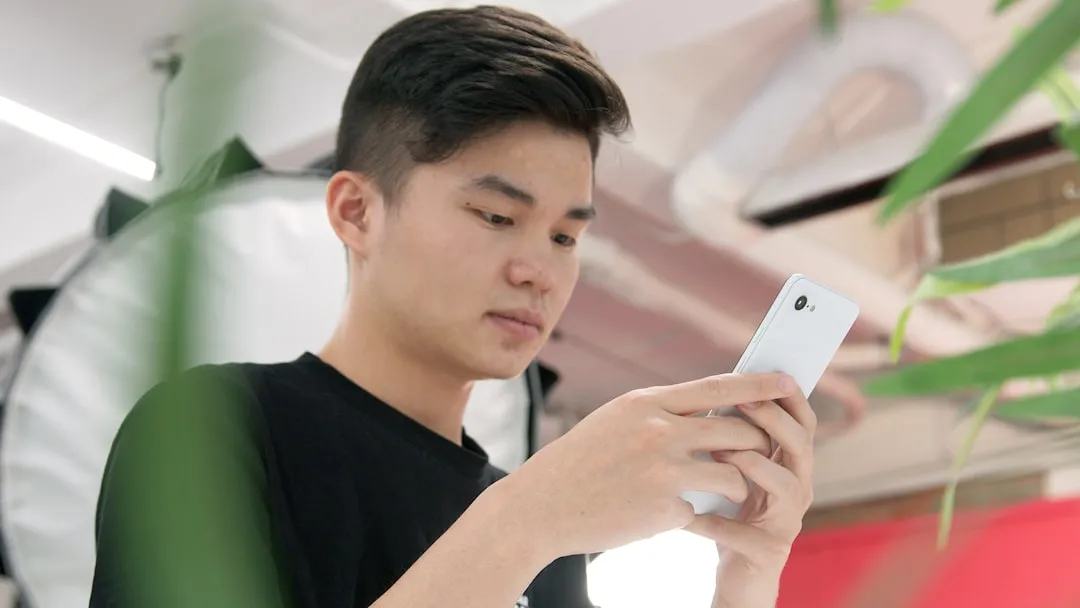
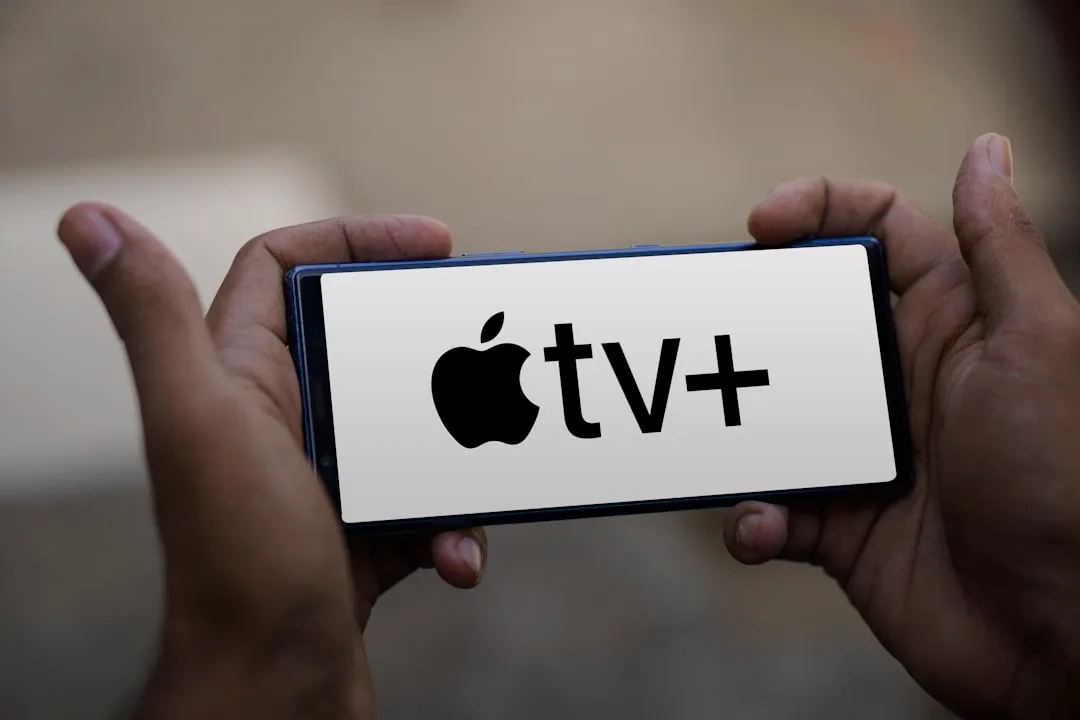

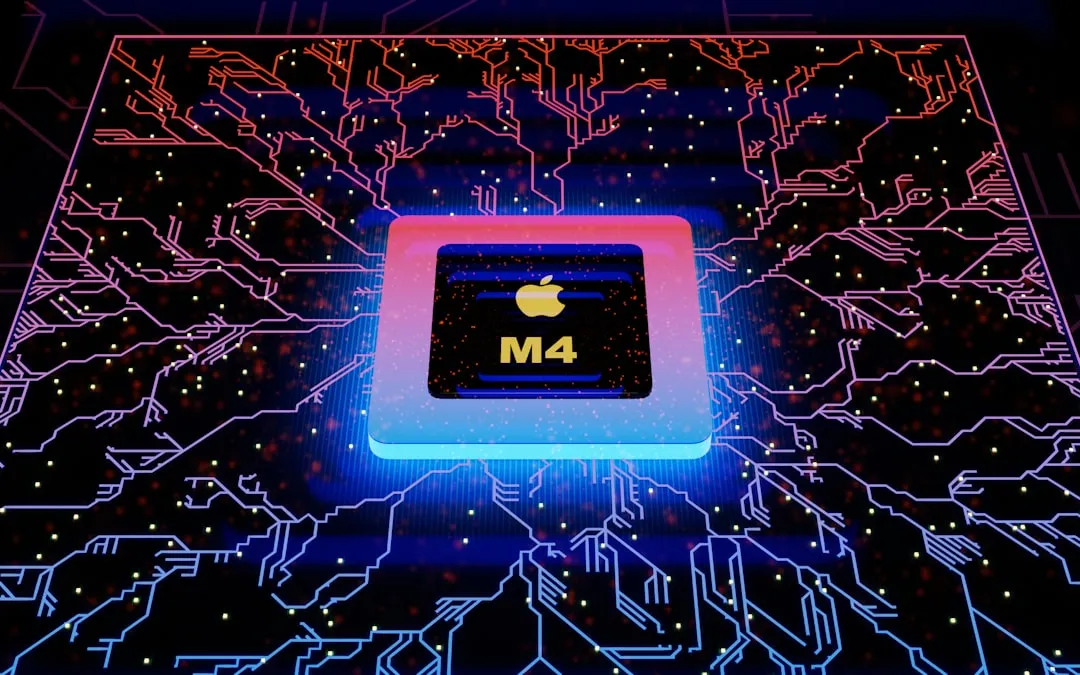
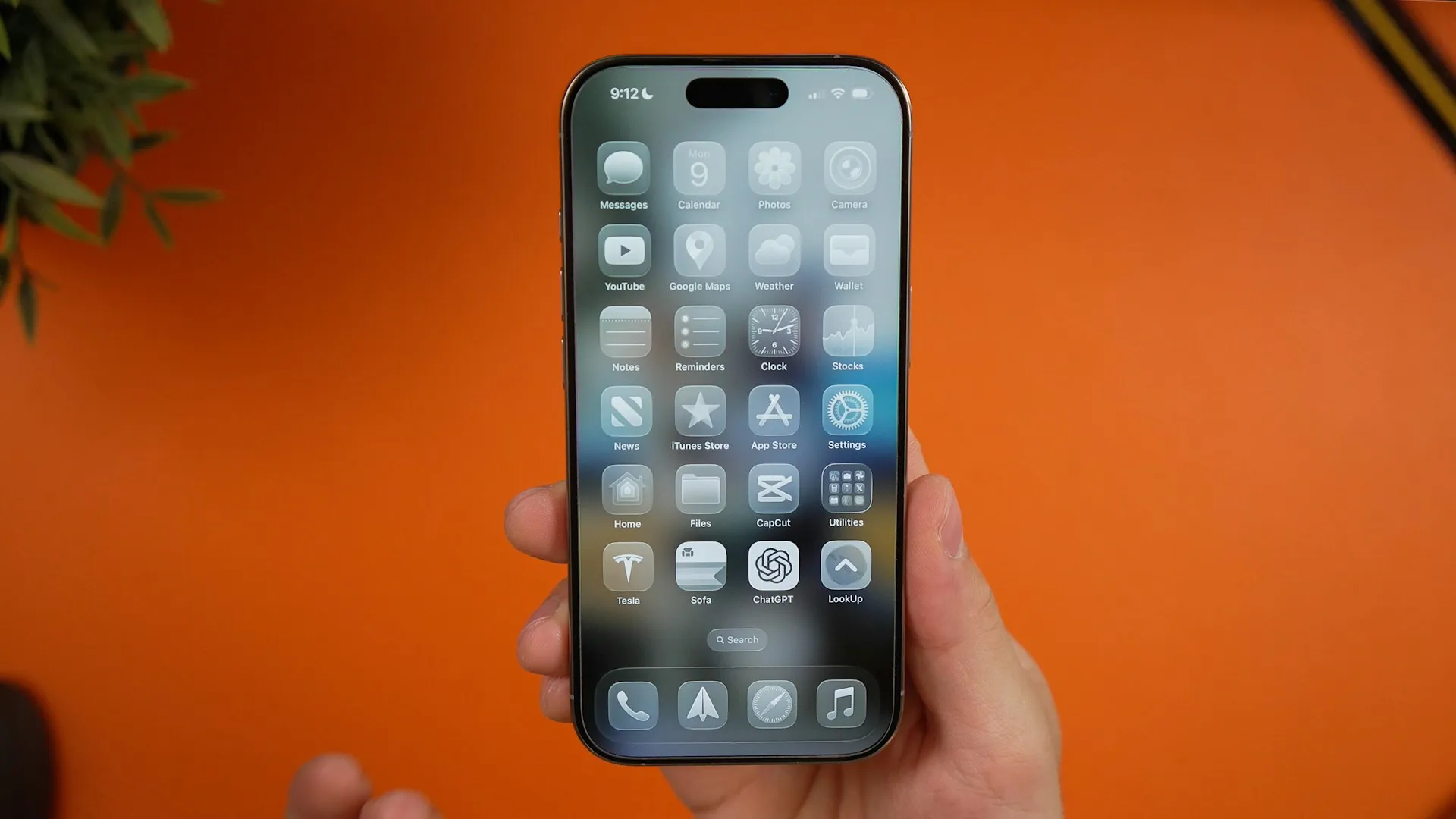

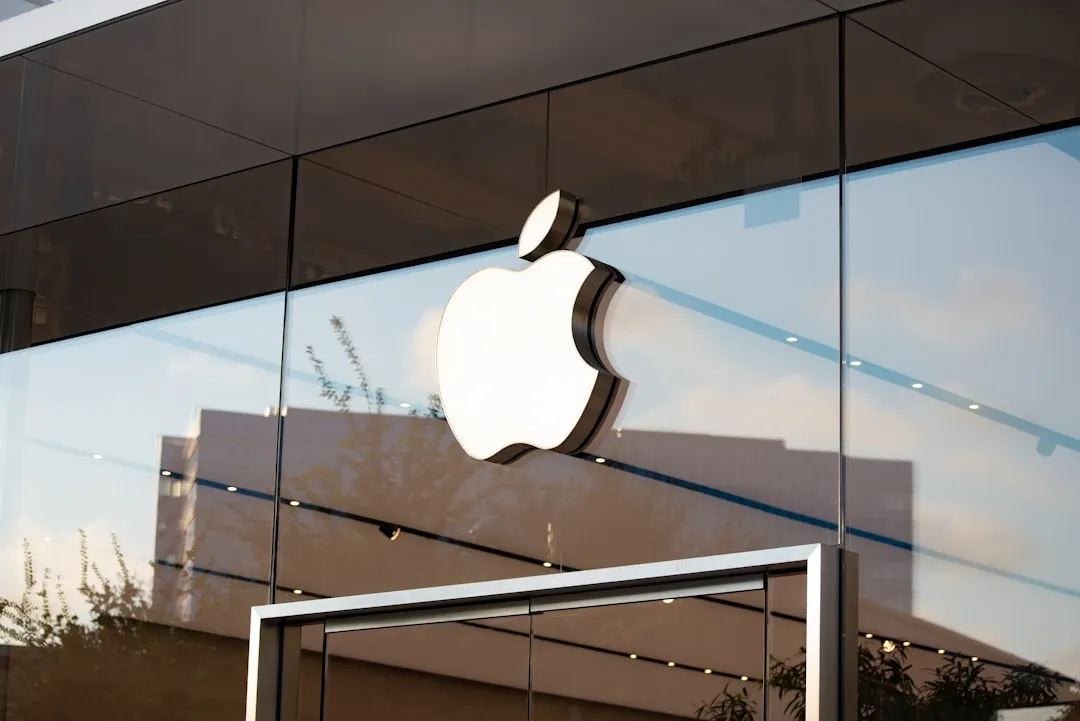



Comments
Be the first, drop a comment!